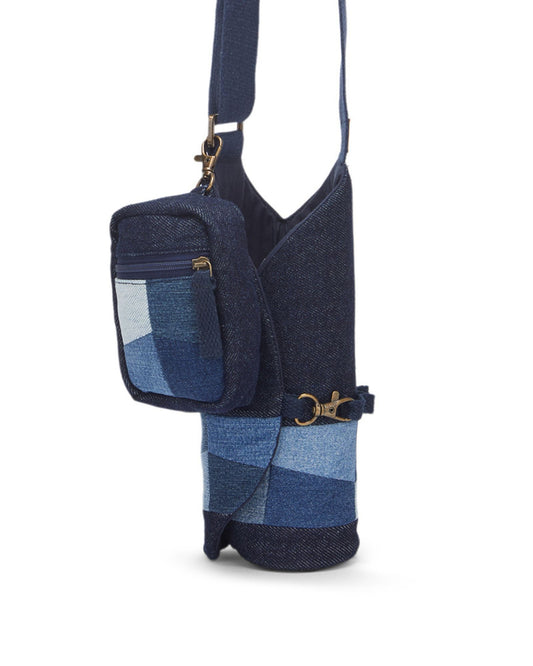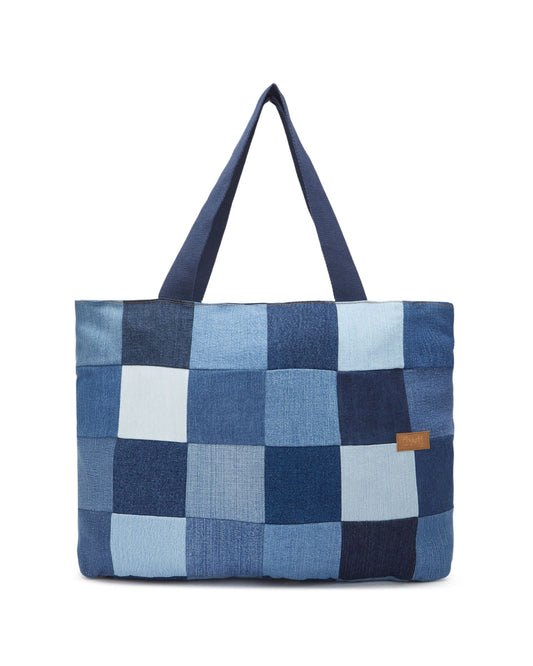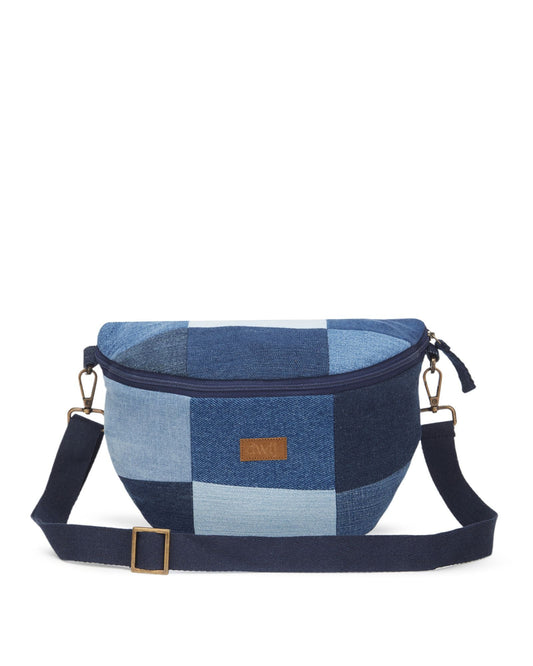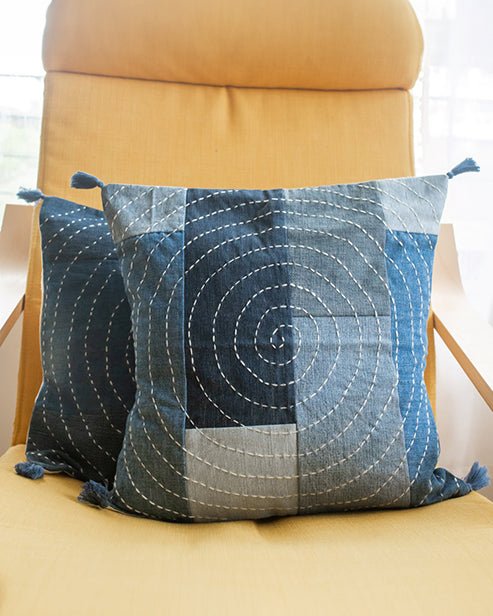
Panipat is a town of 0.3 Million population, located 90 kms north of New Delhi. The specialty of this town is that most of the rejected garments from all across the world end up here for recycling. It may be ironic that many of these garments could be originally made in India for US or European fashion labels, and has since then made it journey round the world and back to India.
For many decades, the donation drives and charity collections have contributed to guilt free shopping in the richer countries, which is only increasing more rapidly now than ever before. The second hand garments from these Western countries has led to the development of a booming business in India in the form of cheap clothing for the poor. The development of street fashion in Mumbai, Delhi and other cities also originated by selling the best and most trendy pieces from such second hand shipments.
In 2015, India emerged as the world’s largest importer of worn clothing and used textiles. US, UK and Germany were the top 3 exporters. As per latest United Nations Comtrade data, India imported USD 186M in 2017 as against just USD 37M in 1997. The emergence of used clothes processing market in India was largely originally seen as serving for charity, especially in Africa.
After import, the garments once sorted, are shredded and pulped to make a range of products from doormats to blankets and bed linen. The usable garments, recycled woolen and acrylic yarn blankets (also called ‘shoddy’ wool blankets) are sent to Tanzania, Kenya and other places in Africa. These shoddy wool blankets are sold mostly to institutions like railways, army and disaster relief operations. Recycled doormats and floor mats are shipped back to USA and UK where they have a huge market. The leftover cut outs are sold as industrial wipes, mostly going to Australia and Japan.
Most of the above process happens in Panipat, which was once known as Asia’s biggest textile recycling hub. This town had a tradition spinning yarns and weaving of textiles. The recycling industry in Panipat took shape during 1980’s when import of virgin wool became unaffordable. As reported by Economist, it also coincided with industrial slowdown during 1990’s in Prato, a small town in Italy with 1000 year old textiles tradition. Panipat mill owners then bought these machineries that could make cheap shoddy yarn from recycled wool.
This became an instant hit when annual revenues across these mill owners rose to approx. USD 300M. For the population of Panipat, the recycling industry saw the highest employment. As per LiveMint, during 2010’s the bathroom mat industry was approx. INR 2000 Crore industry while the annual turnover of recycled blankets in Panipat alone was approx. INR 700-1000 Crore. There were more than 400 mills in Panipat in 2000’s that could carry out the process. As per EconomicTimes, Panipat’s shoddy blankets manufacturers used to make upto 1 lac units per day during the peak of the industry in 2010’s, which accounted for 90% of the global relief blanket market.
The reason that Panipat emerged as a single largest textile recycling hub simply lies in the fact that it does not make economic sense to be in the business of recycling without achieving scale. Even a single recycling unit would require approx. 5-10 tonnes of material to begin the process. Further, inventory has to be sorted first into cotton, polyester, mixed cotton, wool etc. The sorting process is largely manual, and involving large inventory storage space too. Add to the same, transportation costs. And all these cumulative costs in an era when a virgin garment is available for as cheap as $5 even in rich countries.
Currently, the revenues for this industry has shrunk to approx. USD 62M down from more than USD 300M during its peak during the 1990’s-2000’s. The number of units are down to approx. 100 currently, from more than 400 during its boom period. A major factor for this drastic fall is the introduction of a new type of artificial fleece blankets by China, made from virgin polyester yarn. These new blankets are at least 10-15% cheaper than the shoddy blankets manufactured in Panipat, and much softer too. To compete with the new products, Panipat mill owners would need to do a fresh round of investment in expensive machines. These mill owners largely did not happen to re-invest their profits during the last 2 decades towards improving their machinery. Further, the labor costs are not as competitive as before. Nevertheless, as reported by Hindustantimes, mill owners in Panipat too are also gradually shifting to production of fleece blankets. The machines that once used to process used clothes, now process virgin polyester yarn to produce fleece blankets.
The rise of fast fashion therefore seems to be leading to a bleak future. While the global clothing production doubled between 2000-2015, the average number of times that a garment was worn before declined by 36% during the same period. The tide of second hand clothes on one side therefore keeps increasing, while on the other side recycling hubs like Panipat are gradually switching to production of virgin polyester products, leading to more dependency on crude oil than ever.
This leads us back to the basic question – what would happen to my clothes once they are used? The problem of ever increasing textile dumping has been previously highlighted by dwij (refer blog post Globalization and Consumerism, dated 24-Jan-2019). Industry wide disruptive changes such offering warranties on clothing, and clothes rental businesses are a few options to increase the longevity of clothing. However, none of these options can be as disruptive as the option of changing our consumerism mindset.
Check out the invisible recycler's of India here.





